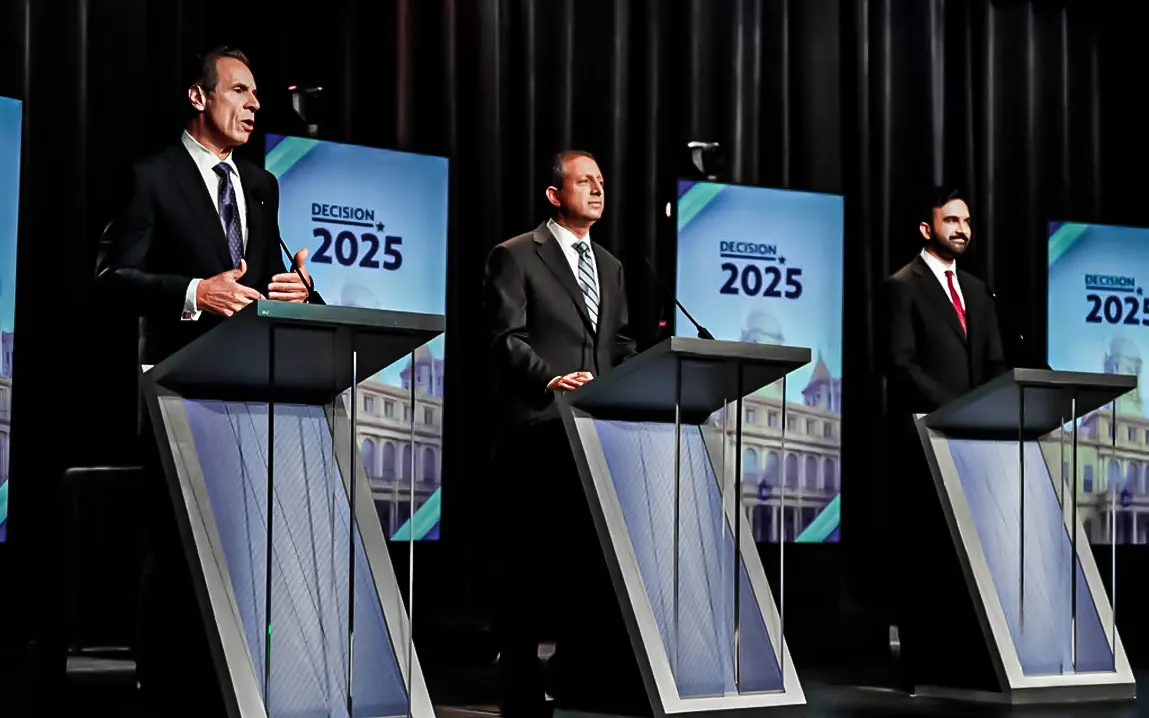A new wave of steep tariffs imposed by President Donald Trump begins today, targeting imports from 86 different countries across the globe. China has been hit the hardest, causing stock markets to tremble as the world’s economic order faces significant upheaval.
How Trump’s New Tariffs Are Shaking Up International Trade
The latest round of high tariffs on imports went into effect early Wednesday, fundamentally altering the economic relationship between the U.S. and its trading partners. The new tariffs have drawn comparisons to World War II, attracting significant attention in global markets, with China at the center of the storm.
The tariffs imposed on goods imported from 86 countries are so much higher than their previous rates, with most being higher than the base 10% and, in some cases, even steeper since these tariffs were slapped on in the first place. Most notably among others is the decision to put tariffs on China, which will now rise to 104%. This amount includes the existing 20% duty, along with a 34% supplemental tariff, and a 50% last-minute increase that Trump was signing into law last Tuesday night. This mixture has formed a perfect storm against Chinese exporters.
The U.S. has long criticized China for its lax trade practices, and these tariffs reflect the Trump administration’s escalating frustration. In response, China has swiftly made aggressive rebuttals. A spokesperson for the Ministry of Commerce condemned the tariffs, stating, “The U.S. threat to escalate tariffs on China is a mistake on top of a mistake. China will never accept it. If the U.S. insists on its way, China will fight to the end.”
While China is facing the biggest brunt of the tariff hike, the other countries aren’t spared. Lesotho, a tiny African state, is now seeing the second-highest tariff, with exports to the U.S. being taxed at 50 percent. Cambodia’s imports follow with a 49 percent tax, while its neighbors, Laos and Vietnam, follow suit with 48 and 46 percent, respectively.
The ripple effect of tariffs has started to permeate the global markets. U.S. markets have been on a downward slide since April 2 with the tariff imposition, and the benchmarks experienced four days in a row of losses. The outlook is not very promising in Asia, either; the Kospi index for South Korea has officially entered bear market territory as of Wednesday, signaling that the entire region’s economy feels the pain.
In response to the U.S. tariffs, India acted quickly to safeguard its domestic economy. The Reserve Bank of India lowered its policy rate by 25 basis points to 6% in an attempt to foster economic growth amid worsening trade tensions. India faces additional pressure on its economy, with its exports to the U.S. now subject to a 26% tariff.
Trump Dismisses Market Concerns as Tariff War Escalates
The Trump administration, particularly Donald Trump himself, has shown little concern for the adverse effects of these tariffs. On Tuesday, Trump remained adamant, stating, “America is going to be very rich again very soon,” downplaying concerns about the stock market decline and the long-term impact of his tariffs. However, this statement offers little comfort to jittery investors amid ongoing global economic developments.
As a result, both American and foreign business interests are likely to suffer from these protectionist policies, which aim to drastically alter the landscape of international trade. The larger question remains how long this trade war will last and whether it will fulfill Trump’s objectives of reducing America’s trade deficit and securing better deals for American businesses. For now, the world waits to see how this unfolding drama will impact the global economy.
In the coming days, anticipate continued ripple effects in supply chains, stock markets, and global diplomacy as this trade war escalates.



